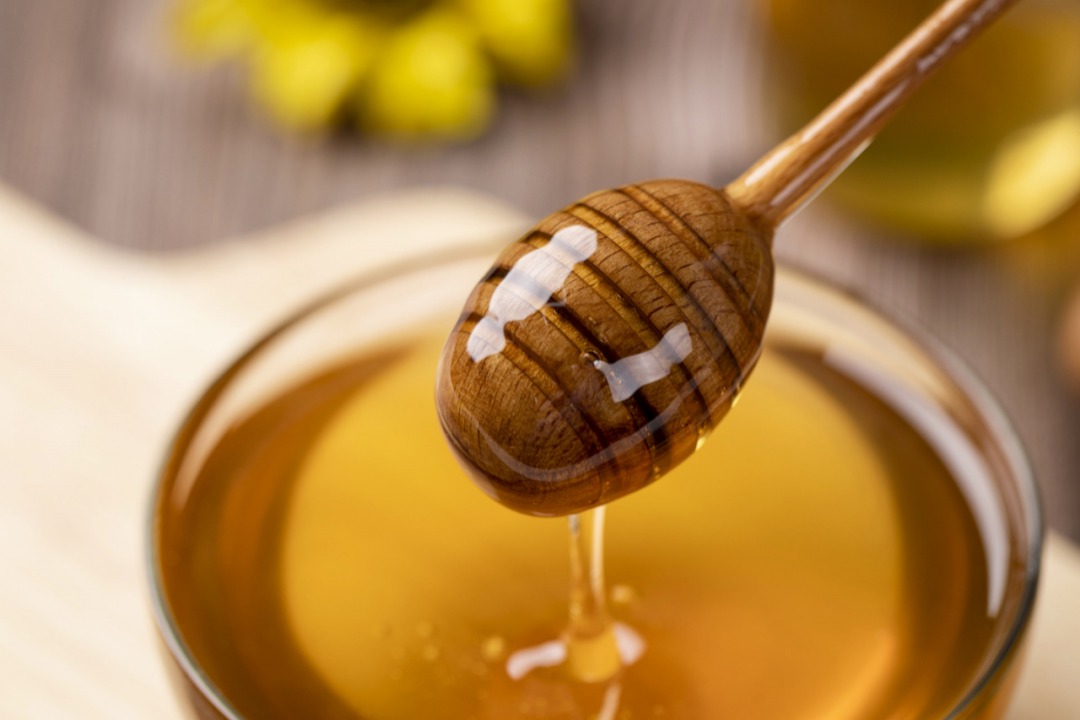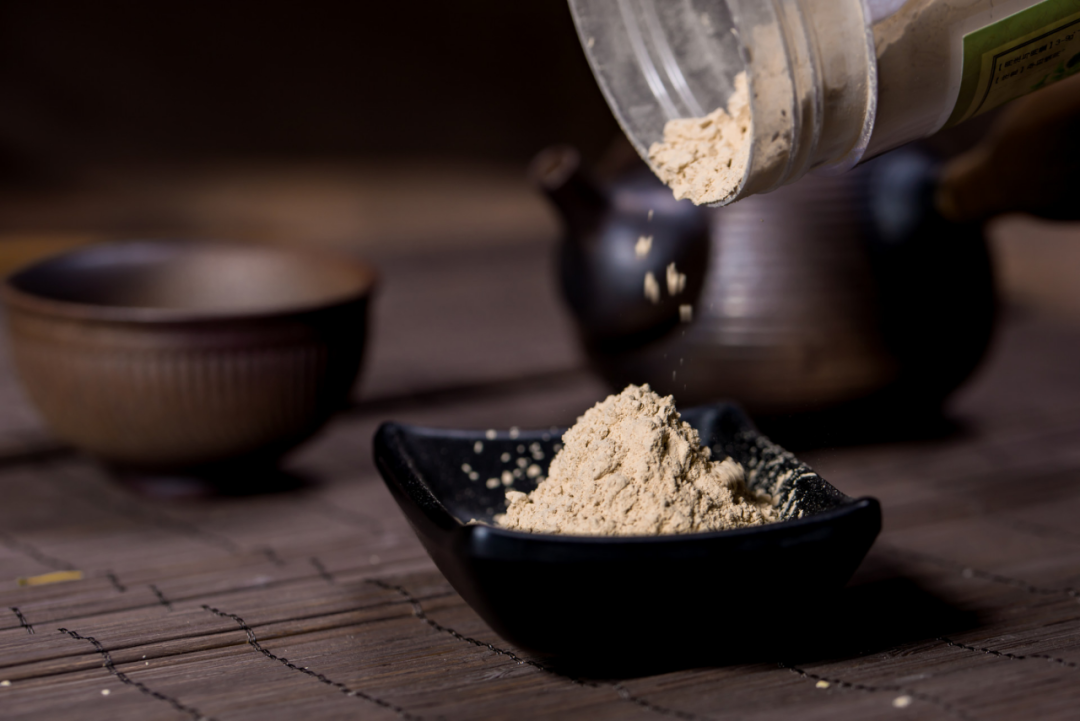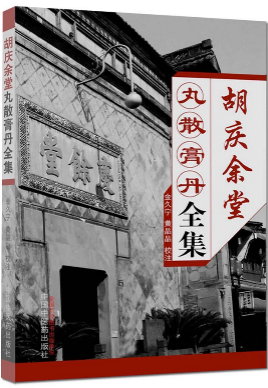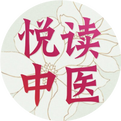 Daily TCM Knowledge at 11:30
Daily TCM Knowledge at 11:30
Authoritative and high-quality knowledge of Traditional Chinese Medicine
If you like it, please star it for me
Editor’s Note
When it comes to taking Chinese medicine, we often picture a large bowl of thick herbal decoction that patients struggle to drink. This involves the decoction form of Chinese medicine; however, there are many other forms, such as pills (wan), powders (san), pastes (gao), pellets (dan), tinctures (lu), and gels (jiao). Today, we will introduce one of these forms—honey pills (mi wan)—and see how these small honey pills are made.
Honey pills are made by using processed honey as a binder for finely powdered medicinal herbs. They are one of the ancient traditional medicinal forms in China. As early as in the “Huangdi Neijing” (Yellow Emperor’s Inner Canon), there are records of their use, with a history of over two thousand years. They still hold an important position in modern Chinese patent medicines. They are widely used, especially popular among rural and elderly patients. Preliminary statistics indicate that the demand for honey pills accounts for about one-quarter of the total amount of Chinese patent medicines.
Compared to other forms, honey pills have unique advantages. Due to the rich nutritional components of honey, including sugars, organic acids, and vitamins, it has a nourishing effect; its sweetness can mask unpleasant tastes; at the same time, honey has cough-relieving, laxative, moisturizing, and detoxifying properties. Traditional Chinese Medicine (TCM) believes that honey has the function of “eliminating various diseases and harmonizing all medicines.” Honey contains a large amount of reducing sugars, which can prevent the oxidation of the medicinal materials. Moreover, when mixed with powdered herbs, the surface of the pill does not harden easily, giving it a soft texture, resulting in smooth, moist pills that dissolve slowly and have a lasting effect. Therefore, they are often used to treat chronic diseases and conditions that require nourishment.
Here are some insights on the method of making honey pills.
The process of making honey pills mainly consists of refining honey, mixing with herbs, forming pills, and packaging.
1. Refining Honey 1. Selection of Honey
1. Selection of Honey
This is one of the key factors in ensuring the quality of honey pills. Generally, honey should be milky white or light yellow, free of strange odors and impurities, and have a consistency similar to that of thick cream.
 2. Method of Refining Honey
2. Method of Refining Honey
The purpose is to remove some moisture, kill microorganisms, and appropriately enhance its adhesive properties. For small-scale production, a copper pot, aluminum pot, or enamel basin can be used for direct heating (iron pots are prohibited). Once the honey melts, impurities and foam should be skimmed off, and then filtered through a sieve, continuing to heat until boiling. Generally, it is refined until there is no obvious steam, and yellow foam bubbles up in the middle. Depending on the formulation requirements, the degree of honey refinement can be categorized as follows:
(1) Tender Honey: Heat the honey to a boil, controlling the temperature between 105°C and 108°C, with no significant change in color, just slightly sticky. This is mainly used for herbs that contain high amounts of sugars, oils, gums, or resins.
(2) Refined Honey: After boiling, continue heating to evaporate most of the moisture, controlling the temperature between 109°C and 112°C, resulting in a light reddish-brown color, with glossy bubbles floating up. When pinched, it is sticky, but when fingers are separated, no white threads appear. This is mainly used for herbs with high powder content.
(3) Aged Honey: After boiling, continue to heat at a temperature between 118°C and 120°C, causing most of the moisture to evaporate, changing from a thick to a non-flowing state, with a deep reddish-brown color, and the bubbles appearing reddish-brown. When pinched, it is sticky, and when fingers are separated, it leaves white threads and sticks to the teeth. This is mainly used for dry, loose, and fibrous herbs.
During the refining process, adjustments can be made based on the quality of the honey, the nature of the herbs, and the season of production. For honey with high moisture and low viscosity, more refining is needed; generally, honey refined in winter can be more tender, while in summer, it can be more aged.


2. Mixing with Herbs 1. Procedure
1. Procedure
Place the processed and powdered raw materials (sieved through an 80-100 mesh sieve) into a basin, then accurately weigh and add the refined honey. Mix thoroughly, kneading evenly to ensure that the medicinal mass (pill mixture) is moist inside and out, with a uniform color, moderate hardness, and can be easily shaped.
 2. Precautions
2. Precautions
(1) For herbs with high sugar and animal glue content, such as Rehmannia glutinosa (Shu Di Huang), Lycium barbarum (Gou Qi Zi), and Cervi Pantotrichum Cornu (Lu Jiao Jiao), due to their strong adhesive properties and the fact that the glue melts in hot honey, making them difficult to form into pills, it is advisable to use tender honey for mixing, and the temperature should not be too high.
(2) For resin and gum-based herbs, such as Boswellia (Ru Xiang), Myrrh (Mo Yao), and Dragon’s Blood (Xue Jie), which are both sticky and prone to melting, tender honey should also be used. If hot honey is used, it will initially be soft but harden when cooled, making it difficult to work with and resulting in pills that are too hard, which does not meet quality standards.
(3) For herbs with high fiber content, such as Leonurus japonicus (Yi Mu Cao) and Glycyrrhiza uralensis (Gan Cao), or prescriptions with a high mineral content, aged honey should be used while still warm for mixing.
(4) If the above three types of herbs are present in roughly equal amounts in the prescription, or if there are many starchy herbs, refined honey can be used.
(5) For herbs with high oil content, such as Platycladus orientalis (Bai Zi Ren) and Trichosanthes kirilowii (Gua Lou Ren), due to their strong adhesive properties, tender honey is preferable for mixing.
(6) For aromatic herbs, wait until the honey cools to 50°C-60°C before mixing to avoid loss of aromatic components that could affect efficacy.
(7) For herbs with high sugar and oil content, generally use less honey; for loose and fibrous herbs, use more honey. Use less honey in summer and more in winter.

3. Forming Pills 1. Lubricant (Common Pill Oil)
1. Lubricant (Common Pill Oil)
During pill formation, this is used to coat the rolling board and hands to prevent sticking and facilitate production. The amount should not be excessive (the preparation of pill oil involves heating sesame oil to boiling, then adding a suitable amount of clean beeswax; for every 500 grams of oil, add 120 grams of wax, using less in winter and more in summer to ensure it melts, then filter out impurities while hot, and let cool for use).
 2. Dividing the Mass
2. Dividing the Mass
Based on the weight of the pills and the number of holes in the rolling board, divide the medicinal mass into several smaller portions for rolling.
 3. Rolling into Strips
3. Rolling into Strips
Take the divided medicinal portions and place them on the oiled wooden board, using both hands to roll them into long strips, or use a rolling board to form them into uniformly thick strips that match the width of the rolling board.
 4. Hand-Forming Pills
4. Hand-Forming Pills
With hands dipped in lubricant, hold the pill strip in the left hand, pinching off the required amount with the thumb and index finger, and rolling it into a spherical shape with the right hand. Using the rolling board, first apply an appropriate amount of lubricant, then place the pill strip horizontally in the longitudinal grooves of the bottom board, cover with the pressing board, and press down from light to heavy while rolling back and forth, cutting the strip into spherical pills. Compared to the hand-rolling method, this method is more efficient, with less weight variation and a more uniform shape, making it a commonly used method. The pill maker should pay attention to the cleanliness of the environment and personal hygiene. Before operation, wash hands with warm water or wipe with alcohol swabs, and clean and disinfect the tools to avoid contamination. After the honey pills are made, they can be sterilized with ultraviolet light for one hour.
4. Packaging
Honey pills are generally dried to remove moisture, then wrapped in glass paper and placed in glass bottles or sealed plastic bags. Alternatively, they can be wrapped in wax paper, with the outside coated in wax, and placed in a small hard paper box, with additional wax on the outside. Some honey pills, after forming, need to be coated on the surface to prevent moisture, pests, and protect the medicinal flavor, while also making the pills visually appealing. After each inspection, they should be stored in a cool, dry place.
Recommended Books
Pills, powders, pastes, and pellets are commonly used forms in clinical practice. What are the commonly used pills, powders, pastes, and pellets for different diseases?
Let’s embark on a journey through the century-old Hu Qing Yu Tang to explore the world of pills, powders, pastes, and pellets.


“Complete Collection of Pills, Powders, Pastes, and Pellets from Hu Qing Yu Tang”
(Click the cover to learn more, scan the code for a free trial)
The book is divided into ten sections on “Pills, Powders, Pastes, and Pellets” and four sections on “Du Jian Jiao Lu You Jiu,” totaling fourteen categories. The ten sections include categories such as Heart and Kidney Tonics, Spleen and Stomach Diarrhea, Food Stagnation, Phlegm and Fire Cough, Various Wind and Cold, Various Heat and Dampness, Gynecology, Pediatrics, Ophthalmology, and Surgery. Each section lists several types of pills, powders, pastes, and pellets, discussing their indications and methods of administration.
 ▼Previous Highlights▼Remove dampness from the body by drinking tea
▼Previous Highlights▼Remove dampness from the body by drinking tea
The first prescription for strengthening the body
Relieve the annoying trigeminal neuralgia at home with this method
If you find this article helpful, feel free to share it with more people. Your shares, likes, and comments are our motivation to move forward.
 Copyright StatementSome content of this article is selected from “Experience in the Preparation of Chinese Medicine” (published by China Traditional Chinese Medicine Press, authored by Deng Lai Song), and the final interpretation rights belong to the original author. Published by Yue Du Zhong Yi (WeChat ID: ydzhongyi), with cover images and illustrations sourced from Shetu Network, copyright belongs to the original author. If there is any infringement, please contact for deletion. Unauthorized reproduction is prohibited!
Copyright StatementSome content of this article is selected from “Experience in the Preparation of Chinese Medicine” (published by China Traditional Chinese Medicine Press, authored by Deng Lai Song), and the final interpretation rights belong to the original author. Published by Yue Du Zhong Yi (WeChat ID: ydzhongyi), with cover images and illustrations sourced from Shetu Network, copyright belongs to the original author. If there is any infringement, please contact for deletion. Unauthorized reproduction is prohibited!

 Click“Read the original text”to immediately purchase the recommended good book
Click“Read the original text”to immediately purchase the recommended good book

